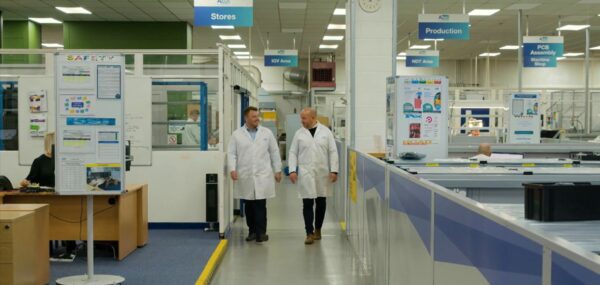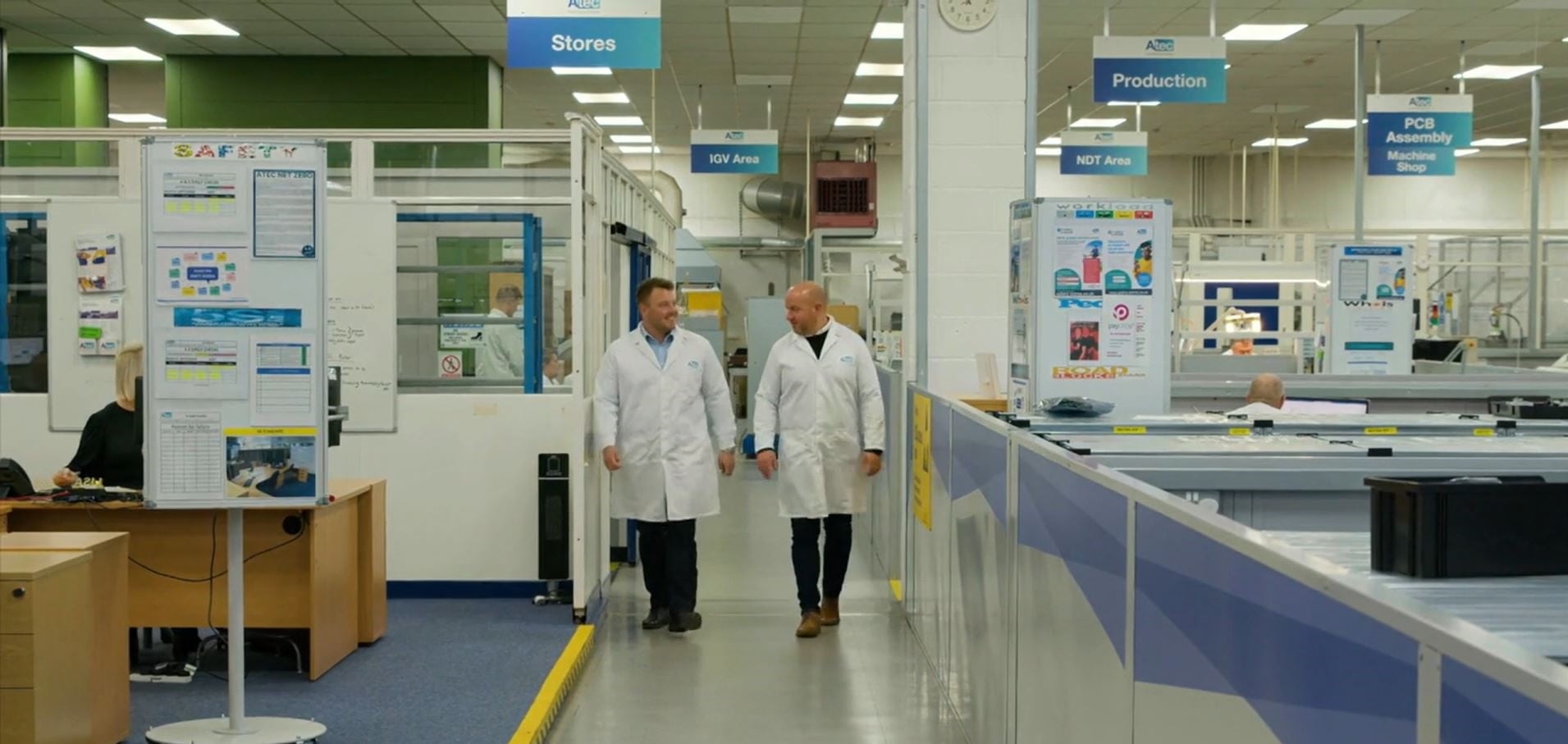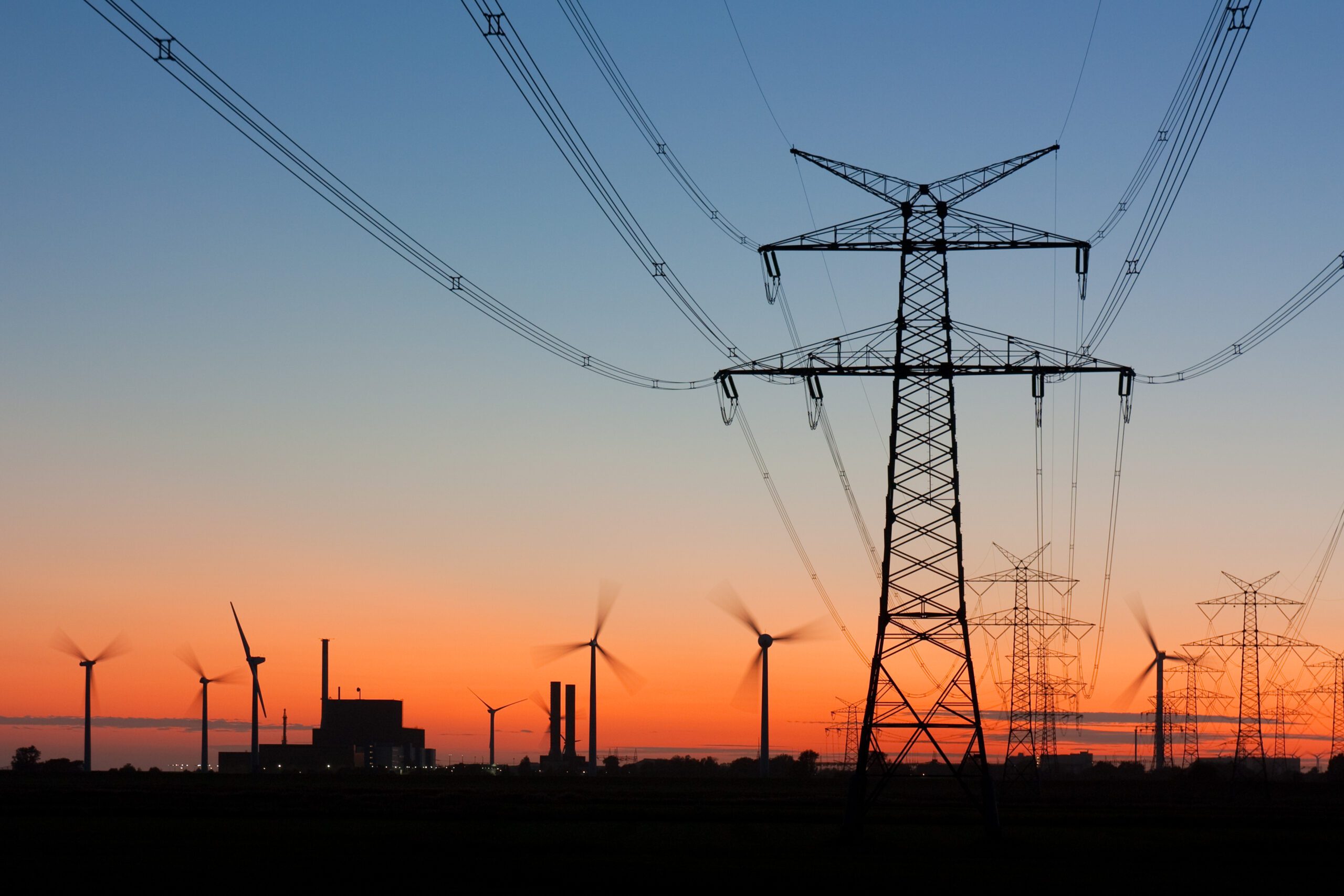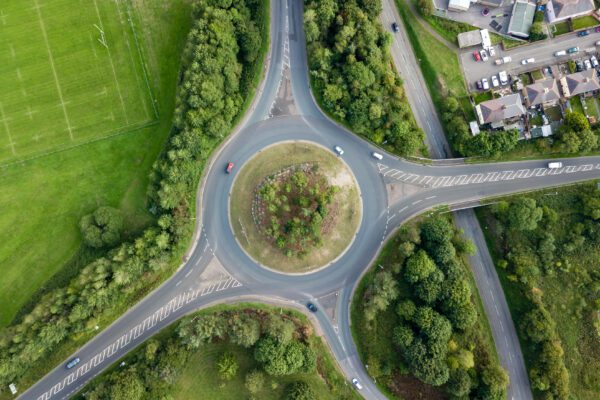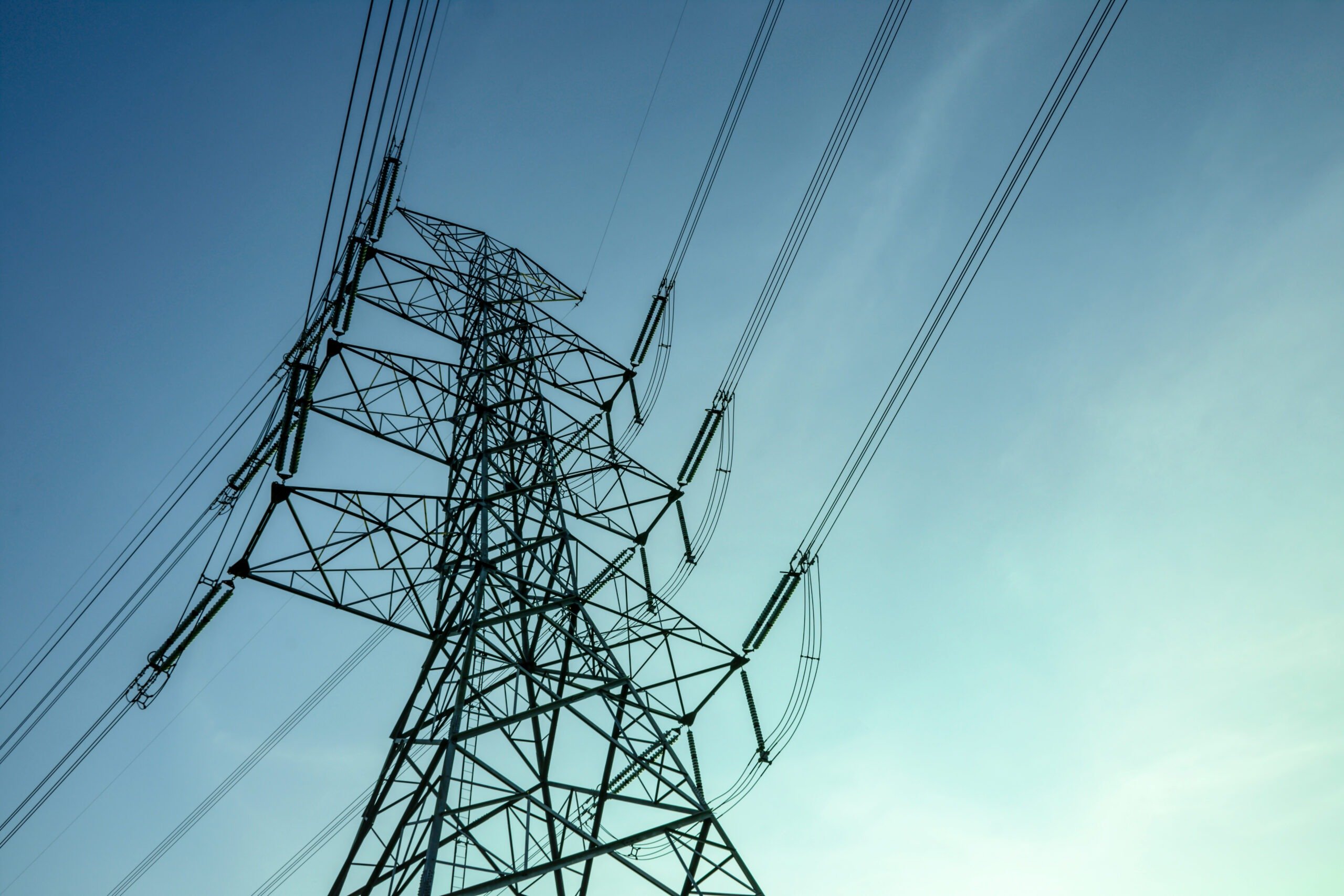
Targeted Charging Review (TCR) | What data centres need to know
Here's everything Data Centres need to know about the Targeted Charging Review.
Please note: The information in this article is dated September 2021 and Ofgem has released further updates to the Targeted Charging Review (TCR) and Triad avoidance since this time. Updates for 2023 are summarised in this article here: Targeted Charging Review (TCR) Upcoming Changes for 2023.
Ofgem’s 2018 Targeted Charging Review (TCR) defined plans to reform the residual element of transmission (TNUoS) and distribution (DUoS) charges, to create a fairer way in which they are set and recovered in the UK.
The Targeted Charging Review addressed concerns around the way the current framework encouraged using demand management strategies to avoid or reduce TNUoS and DUoS charges (often know as Triad avoidance) and left some consumers being charged unfairly. As high energy-intensive users, the way data centres are charged for their energy usage will change slightly from April 2022 and the transmission element will follow from April 2023. Instead of using Triads to determine costs, network operators will be charging electricity suppliers a fixed amount.
The new fixed amount means that similar-sized energy users will be charged a consistent amount. There will be a change in the way residual charges are made, which goes towards maintaining the electricity network, and a forward-looking charge which is the cost related to expanding the network.
How will this affect high energy-intensive users?
The new charge will be heavily based on a business’s Agreed Supply Capacity (ASC), fixed regardless of time or season of use. Businesses will be placed into a charging band that won’t be reassessed for another five years. This band is determined by your voltage level during a 24-month period which ended in 2020. Larger consumers, like data centres, will have their boundary defined by their agreed capacity. Your ASC level is usually set when your supply is connected to the grid, so it is sensible to check that these are still relevant and set correctly in relation to each site’s demand. Currently, this can contribute between 7-10% of most end-users energy bill, so could have a substantial impact when the new charge is introduced.
With this change also comes the removal of Triads from April 2022. This is said to address the largest distortions in the market and reduce the distributional impacts on consumers, according to Ofgem. The final Triad season is set to take place over winter 21/22 and beyond this, there will be no incentive for triad avoidance.
Inspired estimates that around 908MW of energy is consumed by data centres in the UK every year, costing on average £78 million per annum. If your data centre has been managing its demand or load shifting during Triad periods to date, the financial benefit of doing so will be reduced going forward, therefore you can expect to see your costs rise.
These changes could simplify your energy budget setting – especially if you have flexible or pass-through supply contracts covering this period. However, there is a risk these changes could increase budgets significantly so it is important for businesses to fully understand the impact these fixed charges will have.
How can data centres offset the impact of rising costs?
While the 24-month window for determining your band has come to an end, there are things your data centre can do to mitigate energy costs. But before you rush in, you must first understand the impact these charges will have on your data centre.
Operational improvements
Combined Cooling Heat & Power Systems
More and more data centres are turning to Combined Cooling Heat & Power (CCHP) systems as it has the potential to reduce energy bills by up to 40% with payback delivery within three years (based on a 40% saving). As a proven and reliable source of power, data centres with plans to implement a CCHP system can then take low temperature hot water generated from the site’s heat demands and convert it into chilled water. Chilled water can be an essential way to cool data centres as it can convert to cool air to be utilised within server rooms.
A CCHP system also reduces the CO2 emissions produced by data centres. Combined with traditional UPS and backup generators, this option can ensure a failsafe should any problems arise.
CCHP systems can provide greater energy security to data centres whilst also reducing consumption. Whilst initial infrastructure costs are high, the long-term pay out makes CCHP highly viable option for data centres.
On-site generation and renewable energy
With a huge push to meet the net-zero target by 2050, alongside another initiative, The Climate Neutral Data Centre Pact which aims for climate neutrality by 2030, renewables and on-site generation are being widely adopted by businesses to reduce costs and consumption.
Traditionally, data centres rely upon diesel generators for emergency standby power for their sites, however, other renewable on-site options such as solar and battery storage are becoming more popular.
With the push to reduce carbon emissions, high energy-intensive users are being urged to innovate and reduce their impact on the environment. Leaving solar and battery storage as great options, even for higher energy users like data centres.
Reduce IT load
Boosting your data centre’s focus on energy efficiency will then increase the gap between demand and capacity and ensure that you’re not wasting energy unnecessarily. Not forgetting it can reduce your costs and consumption on an ongoing basis. Optimising hardware and minimising the number of redundant systems is a good place to start.
Also, virtualising, where you can run multiple applications in the same machine eliminates the need for unused servers. Consolidating your site’s needs vs what you have and might need in the future will help you determine if what you currently hold, is more than enough.
Voluntary and mandatory compliance
SECR
SECR (Streamlined Energy & Carbon Reporting) was introduced on 1st April 2019, replacing the CRC (Carbon Reduction Commitment) Energy Efficiency Scheme. SECR builds upon existing requirements that many businesses already do, such as GHG (Green House Gas) reporting, ESOS (Energy Savings Opportunity Scheme). It was designed to help increase awareness of energy costs and provide data to adopt energy-efficient measures to reduce climate change.
Read more on SECR and how Inspired can help you comply here.
If your data centre qualifies for SECR, you will have to report on your business’s energy consumption. Whilst sometimes this can be seen as an administrative burden, SECR can help support your data centre on the road to net-zero by identifying potential energy saving initiatives.
ESOS
ESOS (Energy Savings Opportunity Scheme) is another scheme that can support your data centre with identifying energy saving opportunities by review their total energy consumption, including buildings, industrial processes and transport. If your site qualifies (or even if it doesn’t!) there are many ways in which an ESOS report can support high intensive energy users to make cost and consumption savings.
Read more about ESOS and get ahead of the game here.
Through identifying areas of improvement for your business, reducing your consumption, and saving on costs – ESOS can help your data centre identify opportunities to create long-term energy, cost, and carbon savings. At Inspired Energy we have already identified over £96M in savings for our clients during ESOS Phase 1 and 2.
Carbon Action Programme
Many businesses are now working towards their own net-zero goal by 2050. Our Carbon Action Programme (CAP) can help support you to identify your carbon footprint and set an achievable and realistic target. This is a four-part plan that will support your data centre understand, plan, implement and review your net-zero goals, all of which is driven by data and backed up by Science Based Targets (SBT).
Learn more about our Carbon Action Programme and how it works here.
Regardless of the upcoming changes to the Targeted Charging Review and the way your data centre will be charged from April 2022 onwards – there are many activities to implement on your site to help reduce overall cost and consumption of energy for your business.


